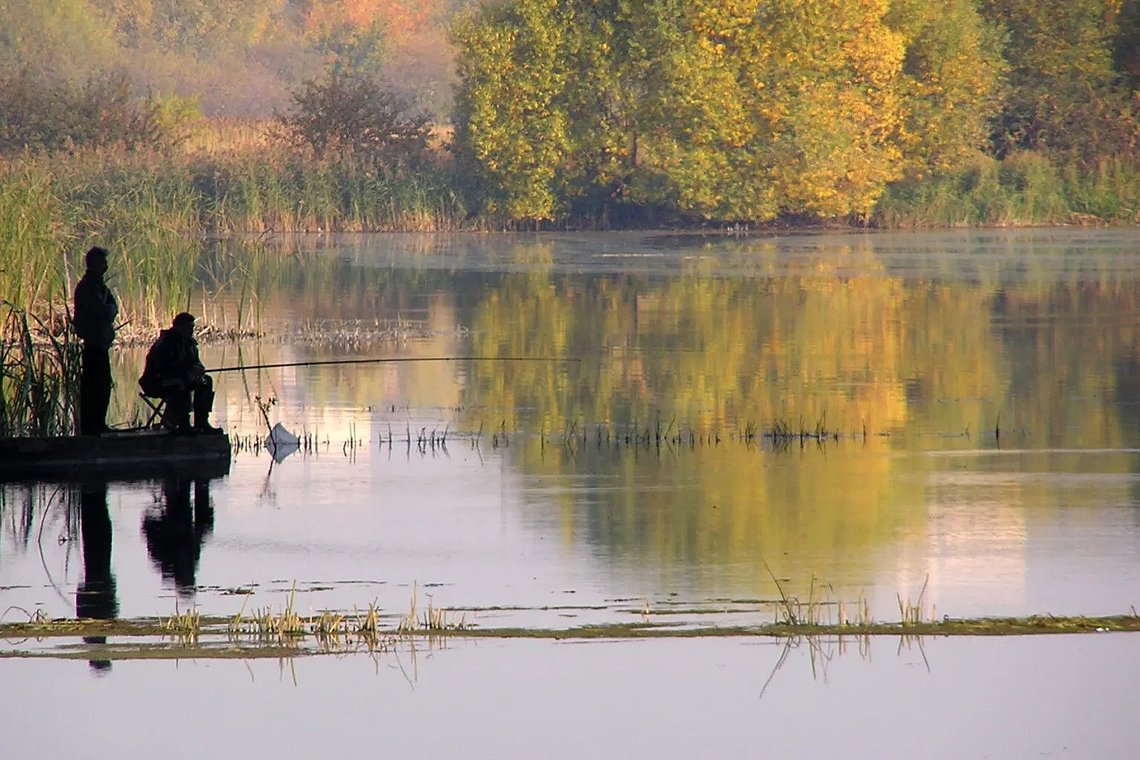20 Interesting Facts About The Danube Delta

Posted on Mon 30 Aug 2021 · by Oana Moldovan
20 Interesting Facts About The Danube Delta
After enchanting you with a gallery rich in flora and fauna, we’ve established that the Danube Delta is the place to be for anyone fancying themselves a naturalist. And while pictures do speak a thousand words, none can quite encompass the sheer luxuriance of the Danube Delta.
Naturally, we would urge you to go witness the magic for yourselves. Drifting along the canals, guided by a bird-watching expert, you would just let the wilderness unfold before you. Alas, that will have to wait a little longer. In the meantime, let’s see what exactly makes the Danube Delta special with some good old-fashioned facts.
The origins of the delta
- The birth place of the Danube River is at the confluence of the two streams Brigach and Breg in the German Black Forest.
- It has a drainage basin of 817,000 square kilometers (315,000 sq. miles), shared by 19 countries. This makes it the world’s most international river basin.

The Danube River flowing through Budapest, Hungary (left) and the Iron Gates gorge at the border between Romania and Serbia (right)
The history of the delta
- Initially a gulf of the Black Sea, the delta formed only about 5,000 years ago. This is quite recent in geographical times – the Alps formed some 770 million years ago!
- The Danube Delta grows constantly. This is due to the 67 million tons of alluvia deposited by the Danube River each year.
- It was first attested by Herodot of Halicarnas (484 – 425 B.C.)
The geography of the delta
- The Danube Delta is the second largest river delta in Europe after the Volga Delta.
- It is, however, the most preserved delta in Europe, with 25 types of ecosystems.
- The delta spans over 2,000 square miles and three main channels: Chilia in the north, Sulina in the middle and Sfantu Gheorghe in the south.
- Humans have inhabited the delta since prehistoric times. There are traces of ancient Greek, Byzantine and Roman cultures.
- Currently, there are about 15,000 inhabitants in the delta, living in 28 villages and one city, Sulina.

A canoe exploring the delta (left) and a traditional house with a reed roof (right)
The wildlife of the delta
- The Danube Delta became a UNESCO World Heritage in 1991.
- 50% of its biosphere is still intact.
- Danube Delta’s diversity includes over 5,000 species identified so far. It is surpassed only by the Great Barrier Reef and the Galapagos Islands.
- Halfway through the Equator and North Pole, the Danube Delta is a natural breeding ground for birds. As such, it’s boasting over 300 species of birds, both resident and migratory.
- Over 60% of the world’s pygmy cormorants call the Danube Delta their home, along with 50% of the red-breasted geese. The largest number of white pelicans and Dalmatian pelicans in Europe also reside here.
- The largest wetland reserve of Europe, it has more than 600,000 acres of reed.
- Besides birds, there are close to 3,500 species of animals, including wildcats, foxes, boars and wild horses, and 1,700 plant species.
- It contains 12 distinct habitat types, varying from deep aquatic to forests on sandbanks.
- Due to endangered species such as otters, red-breasted geese, pelicans and pygmy cormorants, hunting and fishing are heavily controlled in the delta
 Pelicans hunting for food (left) and a white-tailed eagle (right)
Pelicans hunting for food (left) and a white-tailed eagle (right)
Our Danube Delta Experience offers a glimpse into the abundance of wildlife in the delta, so make sure you check it out!
Read more from our blog here
